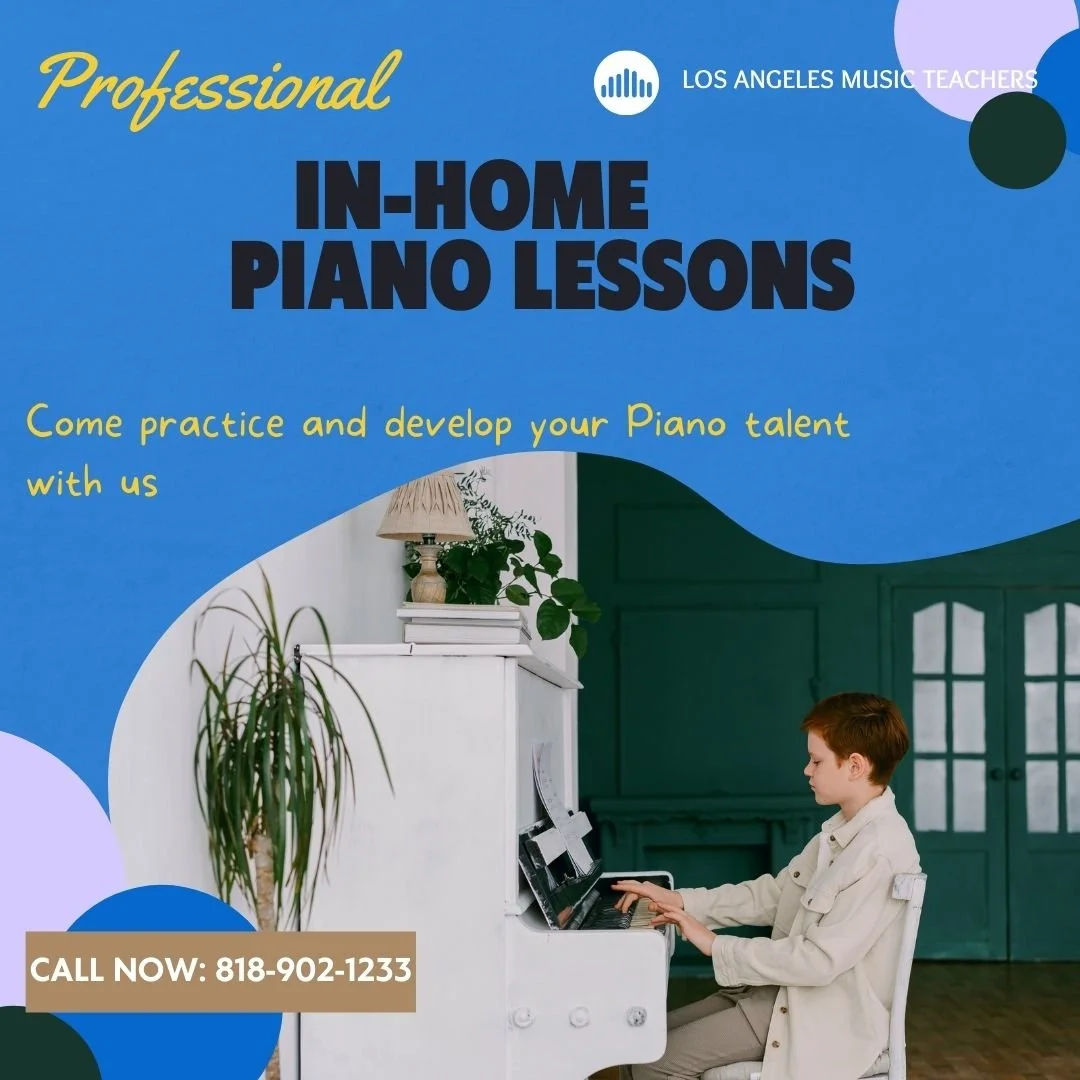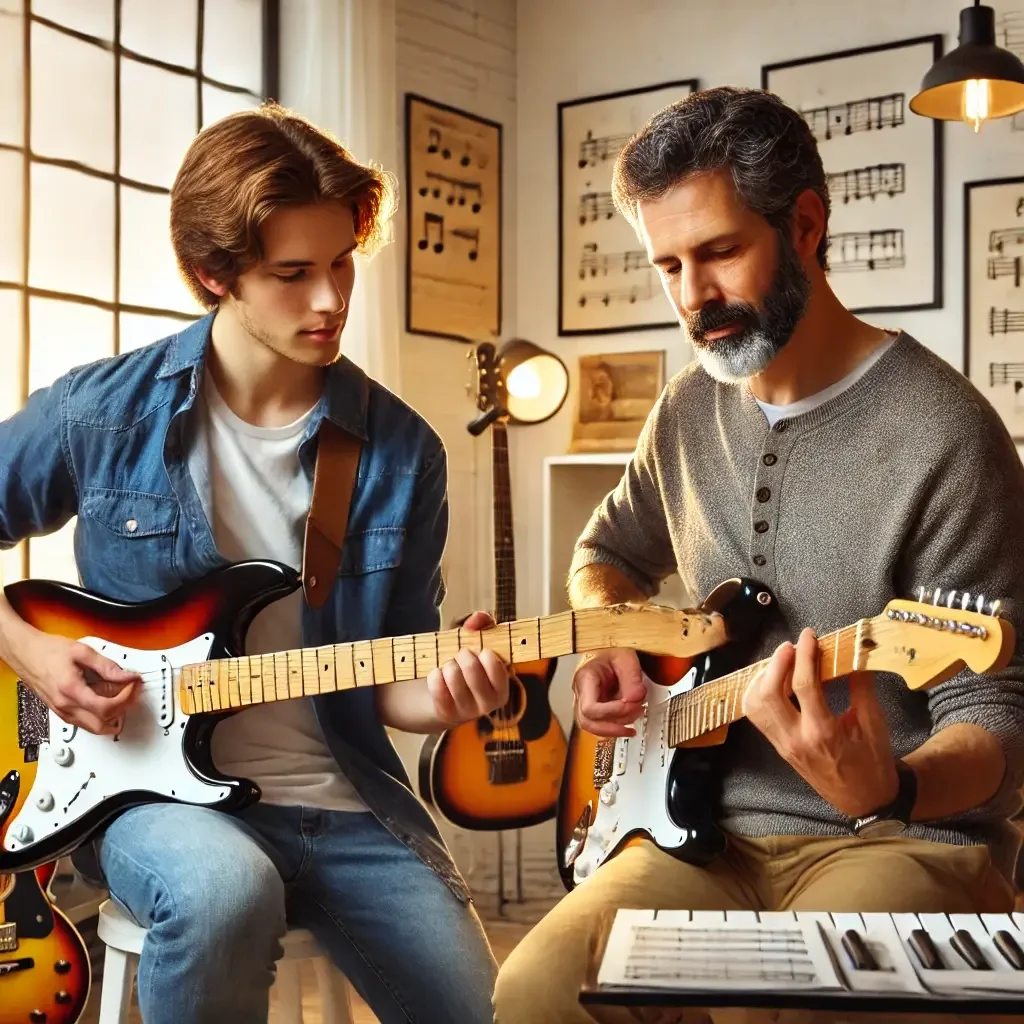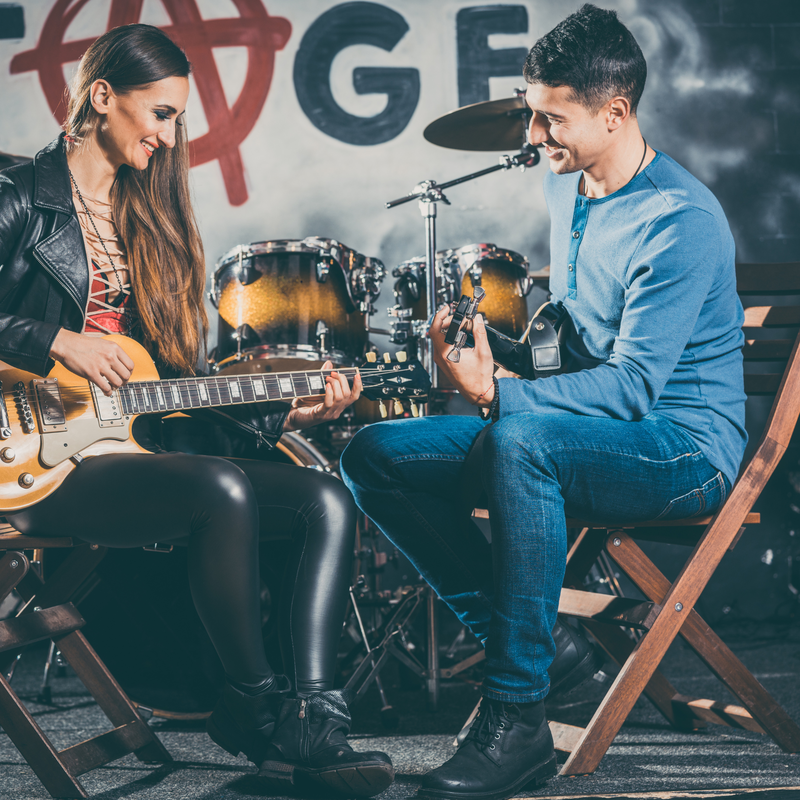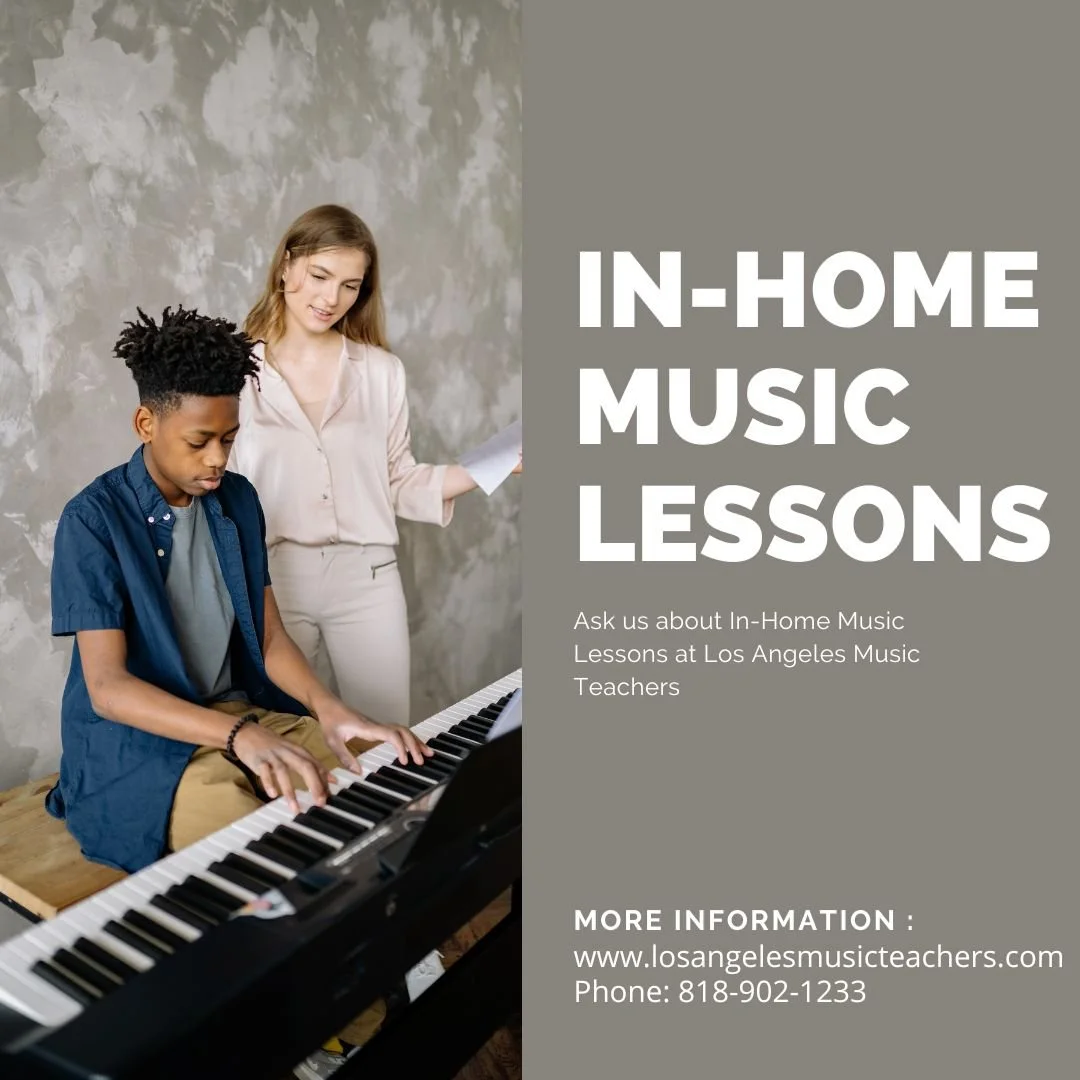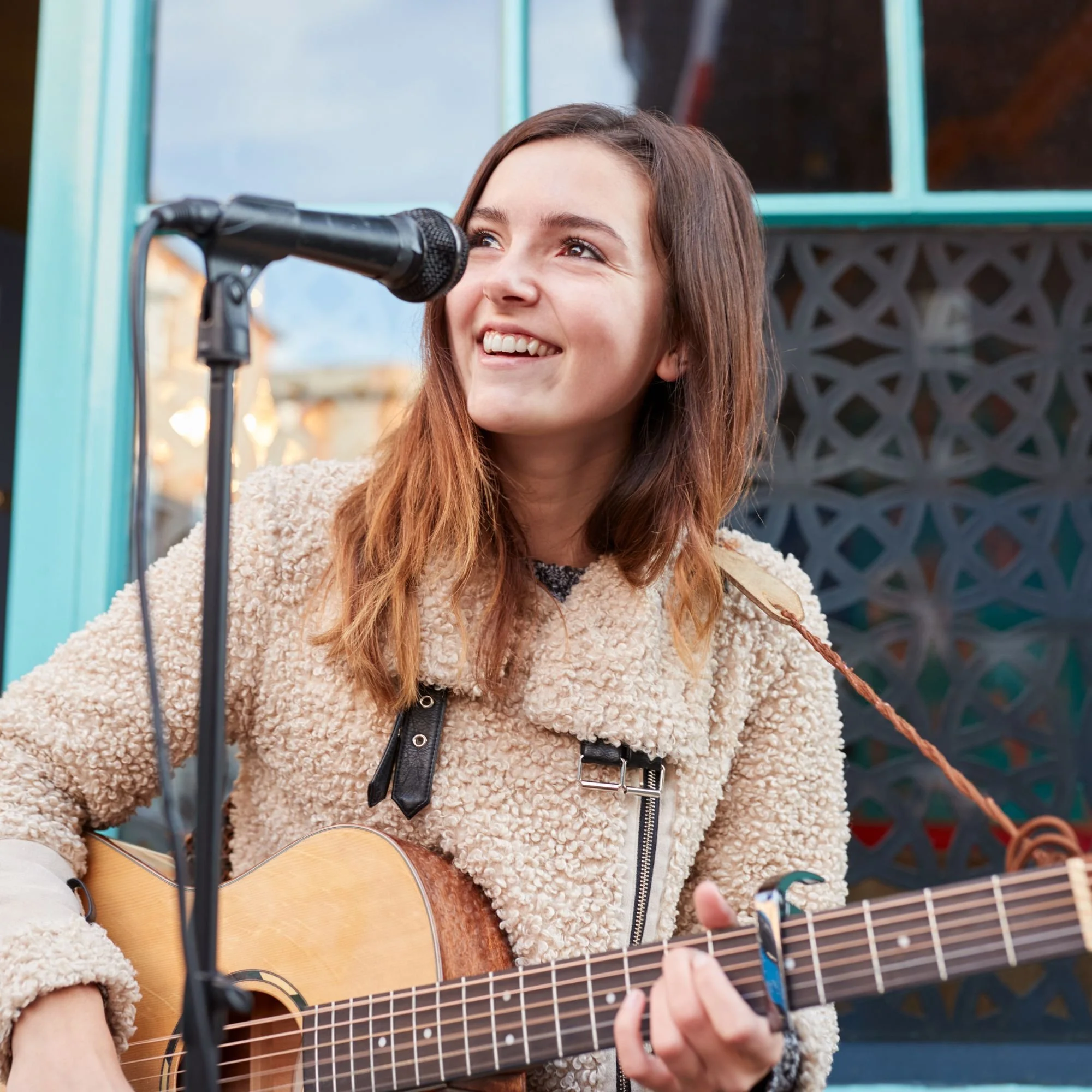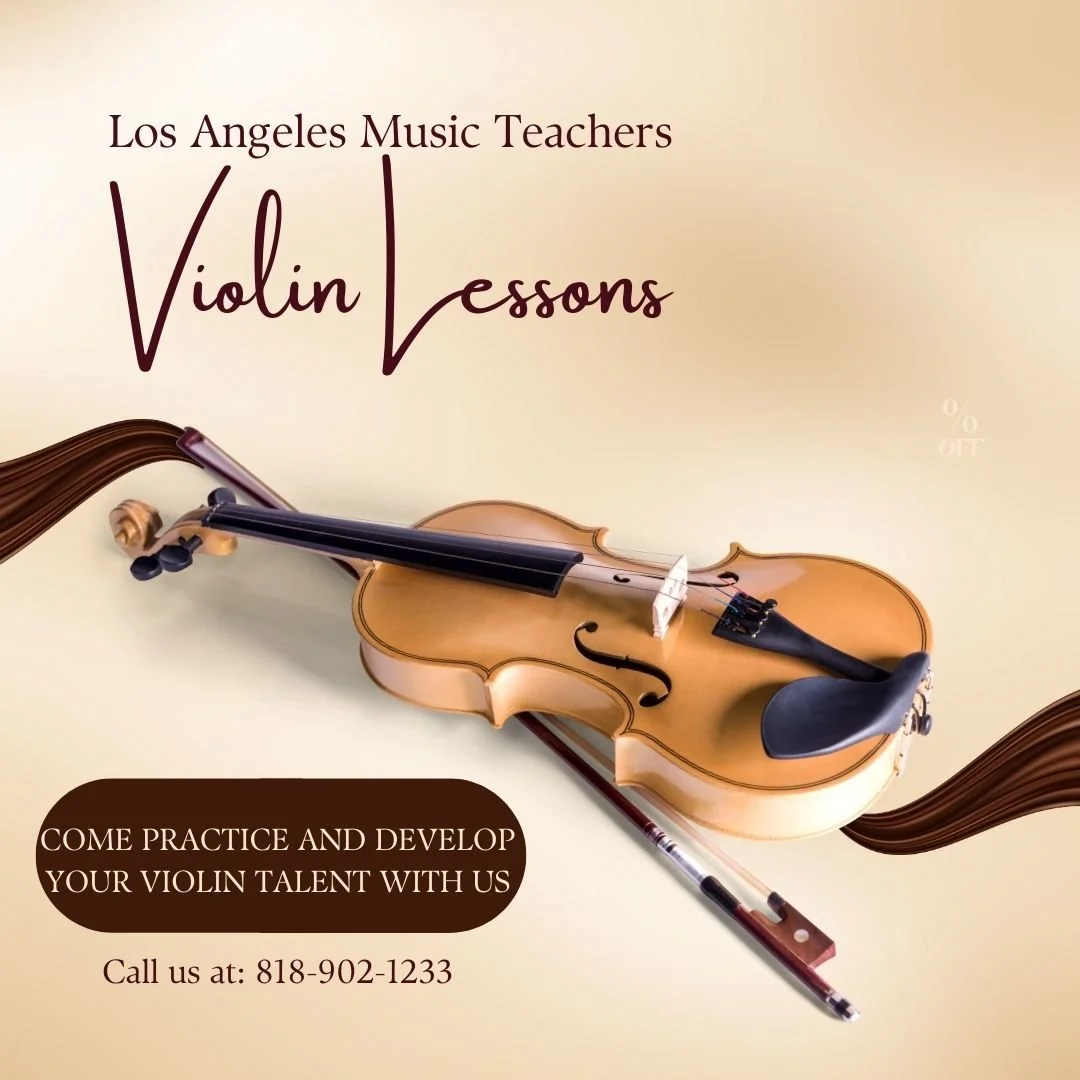In Home Guitar Lessons in Los Angeles for Beginners, Teens, and Adults
In home guitar lessons in Los Angeles provide clarity, structure, and creative motivation for students of all ages. Los Angeles Music Teachers also supports Regional Center families with individualized pacing and patient instruction.
